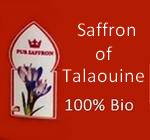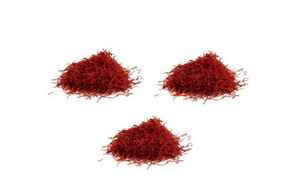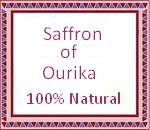Price Fluctuations and Forecasting
Navigating the intricate landscape of saffron commerce involves understanding the nuances of price fluctuations and forecasting. The gold spice, a coveted spice with a rich history, is subject to dynamic market forces. Seasonal variations, geopolitical influences, and supply-demand dynamics contribute to its pricing volatility.
By delving into historical trends and employing predictive analysis, industry experts attempt to forecast future saffron prices. This not only aids producers and traders in strategic decision-making but also provides consumers insights into potential price shifts. As global markets evolve, staying informed about these fluctuations becomes essential for anyone involved in the saffron trade, ensuring adaptability and informed choices in this vibrant, ever-changing market.
By delving into historical trends and employing predictive analysis, industry experts attempt to forecast future saffron prices. This not only aids producers and traders in strategic decision-making but also provides consumers insights into potential price shifts. As global markets evolve, staying informed about these fluctuations becomes essential for anyone involved in the saffron trade, ensuring adaptability and informed choices in this vibrant, ever-changing market.
- 3 gr of very high quality saffron of Taliouine in free delivery !! Price 34.50$


Regional Variations in Pricing
The pricing of saffron exhibits fascinating regional variations, turning it into a culinary treasure with a global journey. The distinct climates and soil compositions in saffron-producing regions contribute to unique flavors and aromatic profiles, impacting the spice's market value. Moroccan saffron, renowned for its rich color and intense flavor, often commands a premium.
Meanwhile, Iran saffron, with its slightly milder notes, offers a different pricing dynamic. Indian saffron, celebrated for its unique fragrance, carries its own economic significance. Understanding these regional nuances becomes crucial for both saffron enthusiasts and businesses navigating the intricate world of spice trade, ensuring an appreciation for the diverse qualities that each region imparts to this coveted spice.
Meanwhile, Iran saffron, with its slightly milder notes, offers a different pricing dynamic. Indian saffron, celebrated for its unique fragrance, carries its own economic significance. Understanding these regional nuances becomes crucial for both saffron enthusiasts and businesses navigating the intricate world of spice trade, ensuring an appreciation for the diverse qualities that each region imparts to this coveted spice.
Demand-Supply Dynamics
The intricate dance of demand and supply dynamics is crucial in understanding the saffron market. As saffron continues to captivate palates worldwide, the delicate balance between supply and the ever-growing demand shapes its pricing landscape. The unique climatic conditions required for the red spistil cultivation contribute to its limited supply, while the spice's rising popularity amplifies demand.
Quality standards further complicate the equation, affecting both production and pricing. To stay ahead in this dynamic market, farmers, traders, and consumers alike must grasp the factors influencing supply fluctuations and recognize patterns in demand. From regional variations to global trends, decoding the demand-supply dynamics ensures a nuanced understanding of saffron's market behavior, facilitating informed decisions and sustainable practices.
Quality standards further complicate the equation, affecting both production and pricing. To stay ahead in this dynamic market, farmers, traders, and consumers alike must grasp the factors influencing supply fluctuations and recognize patterns in demand. From regional variations to global trends, decoding the demand-supply dynamics ensures a nuanced understanding of saffron's market behavior, facilitating informed decisions and sustainable practices.




